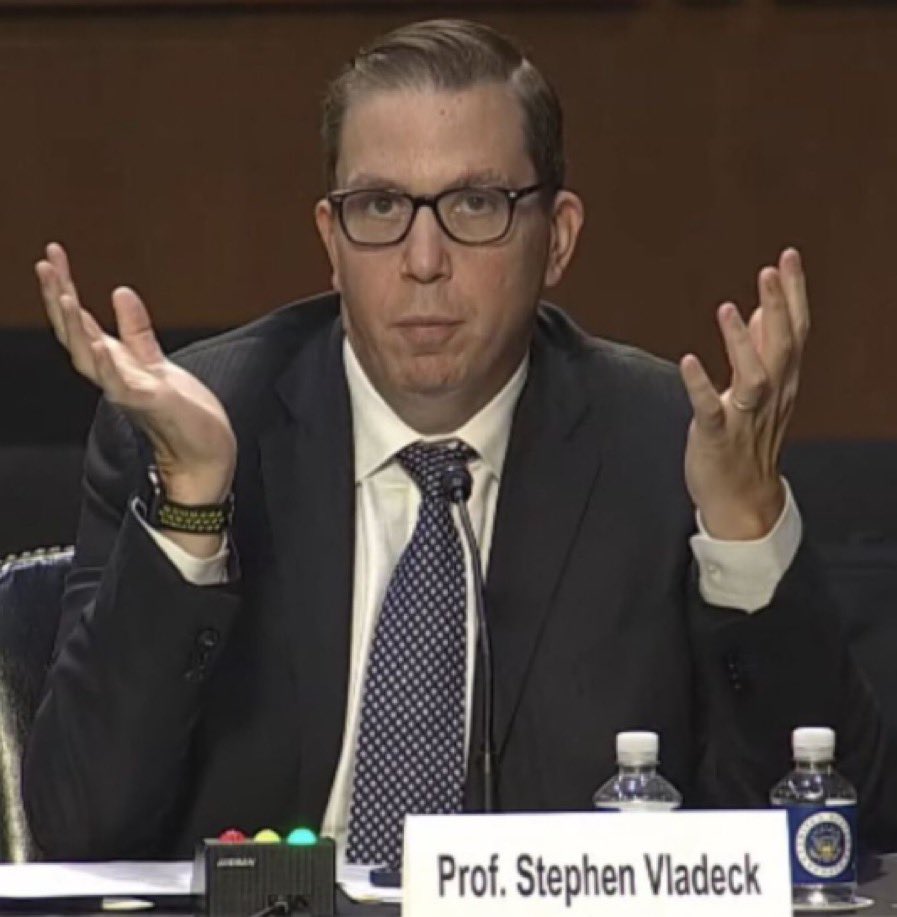How to think about what will be a historically bad 2021 Supreme Court term

Don’t be distracted by minor cases with catchy facts that demonstrate consensus, definitely ignore claims about how the justices attend the ballet together and stories about the “surprising” number of unanimous cases written with a month of the last term still left, and focus on the really bad stuff that is coming on party-line votes:
If it’s late September, that means it’s probably time for the annual bumper crop of Supreme Court previews: the “curtain-raiser” articles outlining the biggest cases the justices are set to hear during the term that begins on the “first Monday in October.” So too does the last week of September usher in the season of high-brow public seminars featuring members of the Supreme Court bar and legal academy predicting how the court is likely to come out in those cases. If you’ve paid attention this year, you could almost be forgiven for thinking that nothing much matters at the court this fall besides the two most headline-generating merits cases: Dobbs v. Jackson Women’s Health Organization—a challenge to Mississippi’s 15-week abortion ban in which the justices have been asked to overrule Roe v. Wade—and New York State Pistol & Rifle Association v. Bruen, a Second Amendment challenge to New York’s restrictive licensing regime for the public carrying of firearms. You also likely will read some insider gossip about how moderate the conservative wing of the court has actually been—the justices eat meals together without fighting, you know. And they will even tell you themselves that they are not at all partisan, and should never be presented in the press as such.
Take these seemingly neutral previews and claims of judicial centrism and moderation with a healthy grain of salt. Rather than endlessly preview the term, we think it might instead be a useful time to consider how we consume news from and about the high court. To put it directly, what you are not hearing about the court as the curtains come up on its 2021 term is likely to be as important as what you are. To truly follow the Supreme Court in 2021, one must challenge the terms on which most public discourse about the court even takes place. As a remedy, here is our brief guide to being a better consumer of SCOTUS news this term.
First, we have the “good facts for Netflix” problem. Last term, most previews (and recaps) of the Supreme Court’s term included detailed coverage of the case of the cursing cheerleader, a case about whether a school district could discipline a student for taking to SnapChat to complain about not making the varsity cheerleading team. The case was made for TV: there were swearing teens, milkshakes, and frowny school administrators; a latter-day Breakfast Club. It garnered massive media attention. Ultimately, by an 8-1 vote, the court said no such discipline was allowed—in a completely unsurprising decision that everyone predicted and had virtually no effect on First Amendment doctrine going forward.
But because the dispute was one to which we could all relate, the case figured prominently in coverage of the court. Contrast that with a trio of vitally important separation of powers cases—two involving constitutional limits on the appointment and removal of executive branch officers, and a third concerning Congress’ power to authorize broad classes of consumers to sue credit-reporting agencies for violating statutory rules. Those cases—United States v. Arthrex, Inc., Collins v. Yellen, and TransUnion LLC v. Ramirez—got far less attention both before and after they were decided, even though they got sharply divided rulings and ended up effectuating an immense shift of power from Congress to the Executive Branch and the courts. This coming term, a series of cases about Medicare reimbursements will implicate far more fundamental questions about the continuing vitality of the modern administrative state—but it is dense and complicated and therefore likely to be ignored.
A lot of conservative Supreme Court opinions escape notice because they seem technical and don’t immediately affect a lot of people in ways they notice. This trick won’t work with overruling Roe, which means that the Court’s courtiers will focus on any language in a majority of plurality opinion that some shell of it remains even as they allow Mississippi to ban pre-viability abortions. As many people as possible with a platform need to tell the truth about what’s going on irrespective of perceptions about the Court’s “legitimacy.”


